How botulinum toxin affects facial expression
For the past twenty years, the demand for cosmetic procedures to the face has increased drastically. New technologies have become available that make it possible to look ‘better and younger’.
Posted by
Published on
Mon 25 Feb. 2019
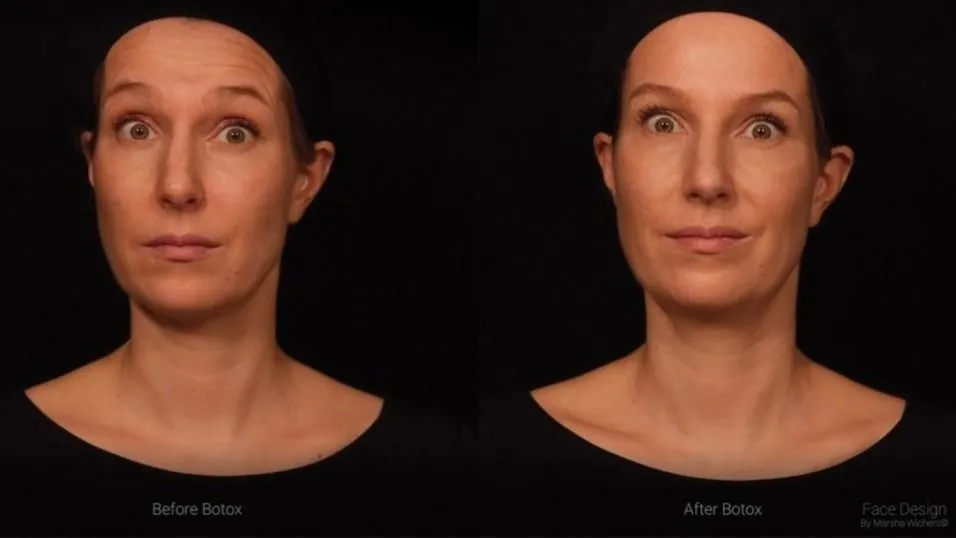
For the past twenty years, the demand for cosmetic procedures to the face has increased drastically. New technologies have become available that make it possible to look ‘better and younger’. In particular, the use of botulinum toxin (BTX) has increased enormously.
BTX treatments increasingly popular
The number of BTX treatments in the USA increased from 65 thousand in 1997 to more than 4.5 million in 2016. This increase is also reflected in my own medical-cosmetic practice in the Netherlands. The taboo on the use of BTX is beginning to disappear and more and more people want to have their appearance improved.
However, they are also afraid to “lose themselves”: While eager to be treated, many clients stress that it should look natural and they don’t want anyone to notice that they had something done. But what makes a face look unnatural after BTX injections?

How botulinum toxin affects facial expression
Botulinum toxin (BTX) works against wrinkles, but few people realize that it also profoundly affects our facial expressions. Facial expressions are important for interpersonal communication, but also for feeling and expressing emotions. More and more people at ever younger ages are using BTX. This increase in BTX use could therefore have consequences for our society.
Will we still understand one another if we can no longer fully utilize our facial expressions in non-verbal communication?
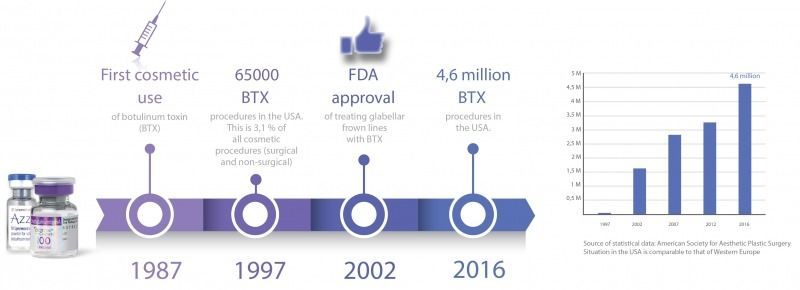
Revealing the impact on human communication
To gain insight in what makes a face appear unnatural after BTX and to reveal the impact on human communication, I filmed myself making 18 facial expressions before and after having undergone full facial BTX injections. I noticed how difficult it is to show anger when you can’t frown, or disgust when you can’t depress the corners of your mouth. It felt difficult to experience the emotion that was part of the expression after having the BTX injections. It was almost like I felt less positive when I smiled (Smile like you mean it)
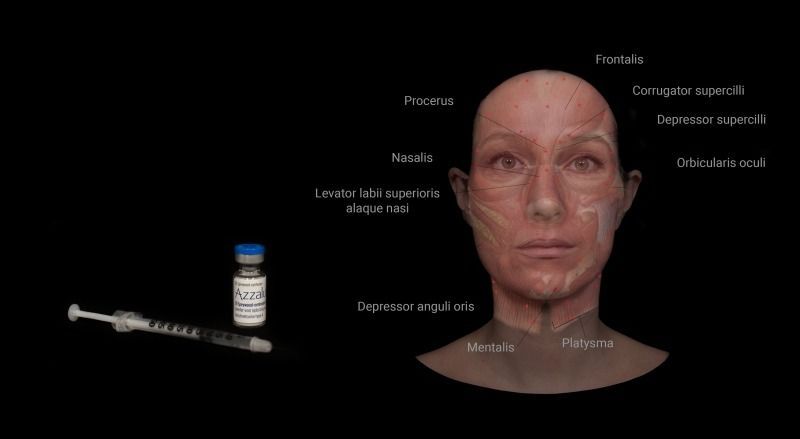
Full facial botulinum toxin treatment. I received injections with botulinum toxin in multiple facial muscles (red dots).
I used Facial emotion reading software (FaceReaderTM) to interpret the facial expression before and after the botulinum toxin injections. Note the differences!
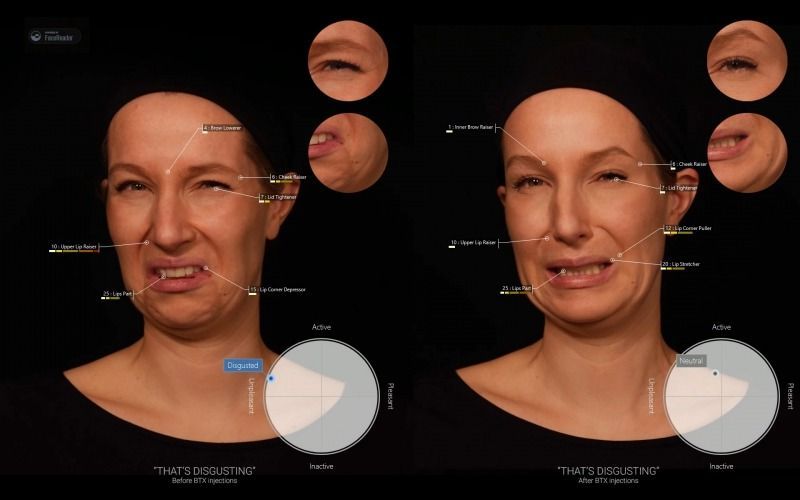
Here you find an example of the expression of disgust in which normally the corners of the mouth are depressed (face on the left side). Because of the absence of this movement the FaceReader interprets this facial expression as ‘Neutral’ instead of ‘Disgusted’ in my face after the BTX injections (right side).
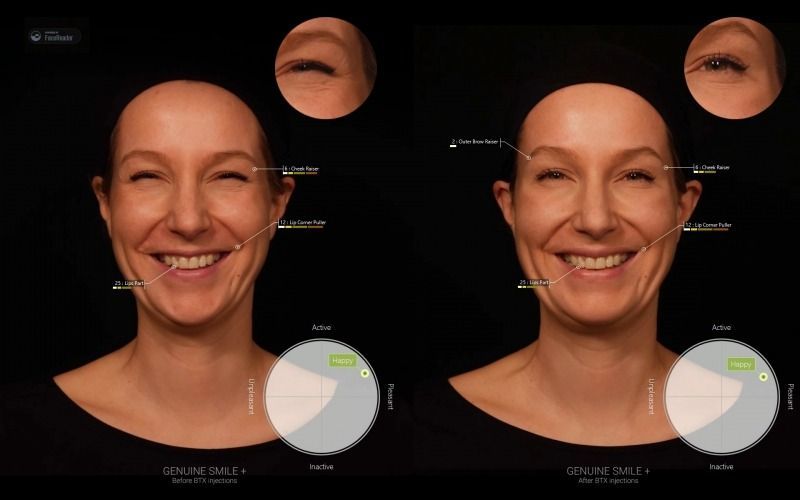
Here you find an example of a genuine smile (in which normally the muscle around the eye contracts and forms wrinkles). Because of the paralyzing effect of BTX, the muscles around the eyes cannot contract. A magnification of this remarkably different feature is highlighted in the circles on the right. Notice that the software doesn’t detect the absence of the contraction around the eye; it rates both expressions as ‘happy’. In human interpretation, this feature makes a very important difference between a real and a ‘fake’ smile.
To see a video of the above shown 'before and after' facial expression analysis, you can visit the website of Project Face Design.
Outcomes and conclusion
The recordings show a clear difference before and after botulinum toxin. This difference is most evident in the expressions where the corners of the mouth should be pulled down, where there should be frowning and where the eyebrows should be pulled up.
The experiment also shows that human judgment is still different from that of a computer. While the FaceReader algorithms can’t tell a real (so called ‘Duchenne’) smile from a fake one, the difference can easily discerned by the human eye, most notably from the wrinkling of the skin around the eyes. This wrinkling is no longer visible after BTX – clearly making the smile less sincere.
FREE WHITE PAPER: FaceReader methodology
Download the free FaceReader methodology note to learn more about facial expression analysis theory.
- How FaceReader works
- More about the calibration
- Insight in quality of analysis & output
For many expressions however, particularly for the cases of fear, anger, surprise and disgust, the FaceReader algorithms return markedly different scores before and after BTX treatment, and these scores generally match those as assessed by the eye.
During this experiment I was very aware of what happened to my face in terms of movement and communication after the injections with botulinum toxin. When I had to express my emotions, I found it very difficult to make certain faces, such as the face that belongs to the expression ‘I do not know’.
Because my face did not co-operate, it was as if there was a link missing in the chain that normally makes my brain understand what I should do. I actually needed the ‘before’ photographs of the 18 depicted expressions to support me in reproducing these expressions after BTX treatment.
By delving deeper into this surprising fact about BTX use, we may become more aware of possible future consequences of long-term and large-scale use of BTX. Armed with this knowledge we may be able to make more conscious choices about what to do, and more importantly what not to do, to our faces.

Marsha Wichers (1980) is cosmetic doctor and visual artist, specialized in sculpture. She works and lives in the Netherlands.
Marsha: “I work on people’s faces in my medical-cosmetic practice, and what I see as a doctor fascinates and inspires me as an artist. I use botulinum toxin to treat wrinkles, but its profound effect on facial expression made me curious of the effect on human communication. I decided to use my own face as a testcase for an analysis with the FaceReader after having ondergone full facial botulinum toxin injections”.
Website: www.marshawichers.nl
Related Posts

Understanding adolescent emotions

The influence of ad-evoked emotions on brand attitudes
